Eyewitness account of the bombing of Crawley Post Office in 1943
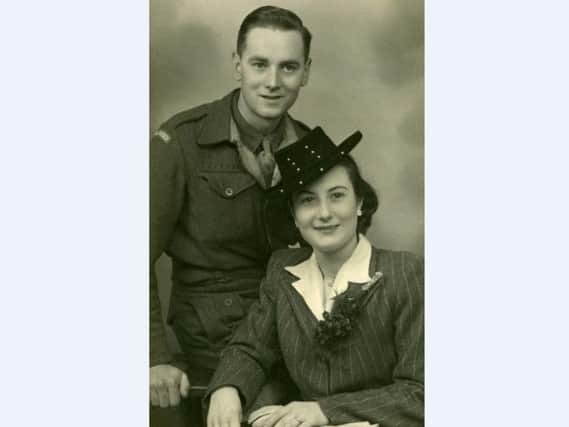

It was the day a lone German pilot dropped three clusters of bombs on the town centre. Two fell on the West Green Church of England School, one on the Westminster Bank and four on the Post Office.
Two people died in the attack – a figure that could have been much higher had it not happened at 8.30am.
Advertisement
Hide AdAdvertisement
Hide AdOne of the witnesses to the Post Office bombing was teenager Yvonne Peters. Her son, Ewan Green, found her handwritten account of that morning while going through her effects shortly after she died. He has been kind enough to share it.
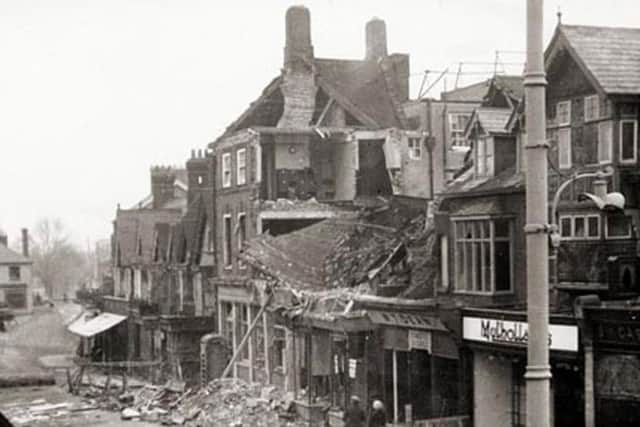

This is Yvonne’s account of that morning.
“It was a very overcast early Monday morning in 1943. The air raid siren had just sounded as I made my way to catch a bus to work.
“Walking down the deserted High Street, I heard four thumps and simultaneously the roar of an aircraft.
“Looking up, I saw the plane skimming the roof of the George Hotel and with another crunch the engine sound faded.
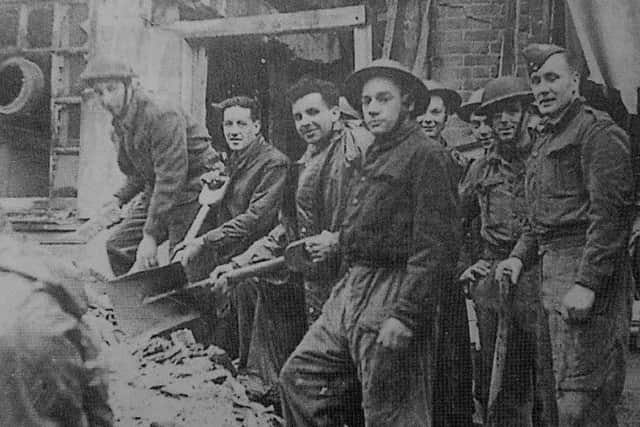

Advertisement
Hide AdAdvertisement
Hide Ad“It all happened so quickly but the plane was so incredibly low that I could see the features of the pilot and all the aircraft markings – swastika, iron cross numbers and his ‘kill’ markings (about five).
“I dived into a shop doorway on the corner of Ifield Road until the all clear sounded. I decided to return home, walking on broken glass and rubble, to report to my mother in West Street.
“A bomb had sliced at an angle through the Post Office, leaving offices and rest rooms exposed for all to see, with boiling water from ruptured radiators cascading down three flights of stairs. Luckily it was early morning and no one was injured.
“Only later did I learn that my infant school headmistress and three others had been killed by another bomb.
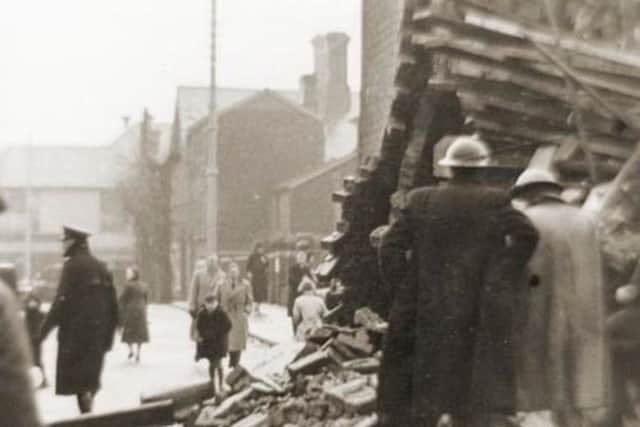

Advertisement
Hide AdAdvertisement
Hide Ad“The last bomb narrowly missed my father Horace’s railway delivery van as he was driving along an adjacent road and made a direct hit on a school air-raid shelter, thankfully empty.
“The plane then followed the railway line towards Horsham, strafing a train bearing my future husband (Peter Green) and his brother, travelling home from night work at the Crawley Tools factory.
“That was the last damage it caused – it was shot down by a spitfire from RAF Tangmere as it reached the coast near Chichester.”
There was worse to come. On July 10 1944 a flying bomb fell at the junction of Oak Road and West Street, killing seven people and seriously injuring 44 others. Fifteen houses were destroyed.
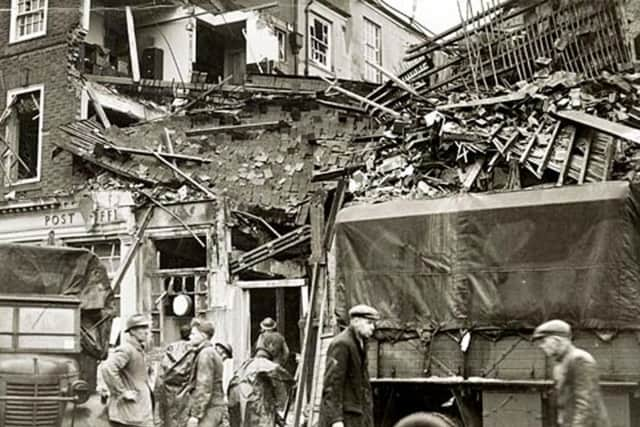

Advertisement
Hide AdAdvertisement
Hide AdThere was a lucky escape for others later that night. Another flying bomb fell on Malthouse Road, Southgate, but failed to explode. According to The War in East Sussex, published by the Sussex Express and County Herald in August 1945: “Concerning this incident, the Report Centre received a message from Malthouse Road that ‘something was falling from the air and it was hissing’. Half-an-hour later a second report said that ‘something had fallen in the road and it was still hissing’.”
The hissing, it was discovered was caused by compressed air escaping.
A booklet called War In East Sussex, records that, during the Second World War, Crawley suffered nine deaths and 78 injuries during air raids. The town was hit by 44 high explosives, three V1 flying bombs – known as Doodlebugs – seven oil bombs which caused four fires, and 2,000 incendiaries which caused eight serious fires.
More than 1,200 buildings – homes and businesses – were seriously damaged during the war, with 24 destroyed.
As for Yvonne, she married Peter and they lived in Crawley until 1955. Her parents remained in the town until the mid 1980s, She passed away in Gloucestershire on September 28 2017, aged 89.